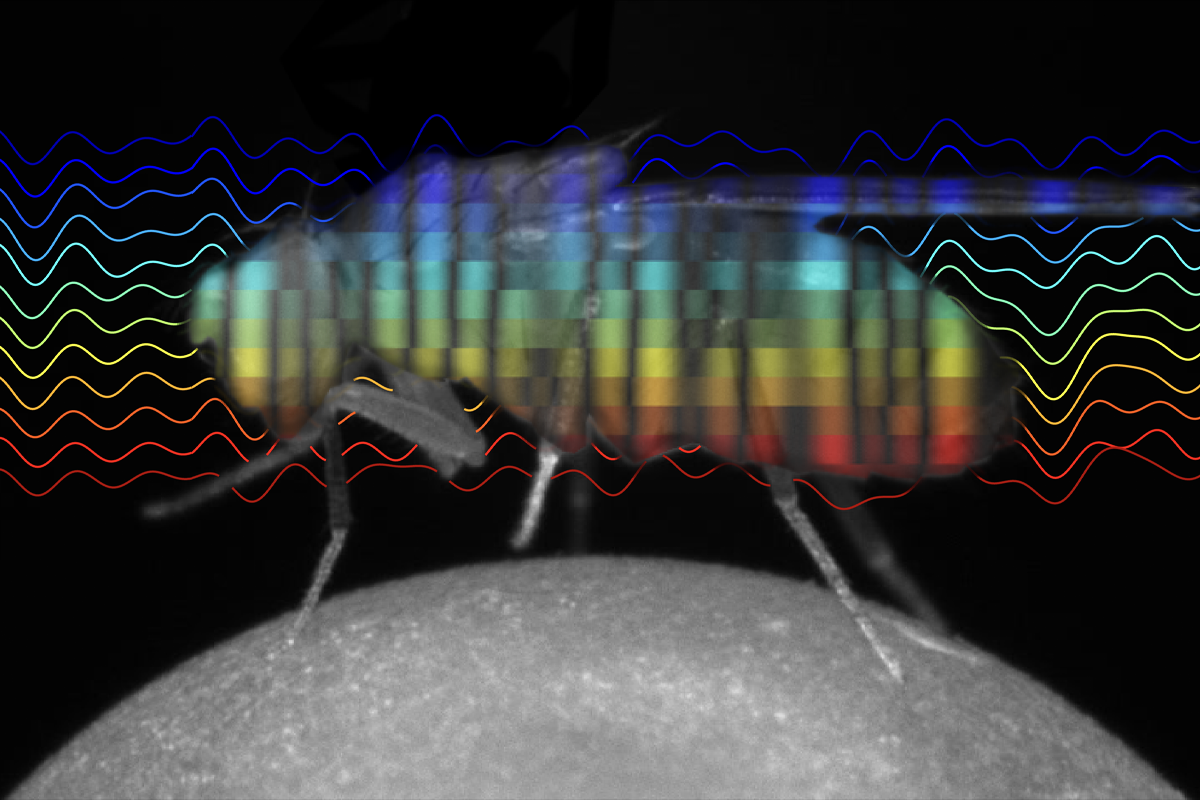
Drosophila, like vertebrates, filter sensory information during sleep
Predictive sensory processing in sleeping Drosophila echoes vertebrate research, establishing an evolutionarily conserved neural signature of sleep.
In vertebrates, sleep changes the way the brain responds to stimuli, specifically disrupting neural responses to unexpected sounds. Now, researchers have found that Drosophila brains, too, selectively process sensory information during sleep.
The work, by Bruno van Swinderen, professor of behavior and cognition at the Queensland Brain Institute, and postdoctoral research fellow Matthew Van De Poll, was published in the June issue of the Journal of Experimental Biology.
It’s known that sleeping fruit flies sense the external world—a 2021 study found that the smell of food wakes them up. And in previous work, van Swinderen and his colleagues recorded local field potentials from 16 sites across one hemisphere of the brain of sleeping Drosophila—all the way from the optic lobes near the eyes to the central complex. In the new study, the researchers wanted to test neural response to surprising stimuli in sleeping flies.
They used the same multi-channel probes to record evoked potentials in response to visual stimuli in awake and sleeping Drosophila. The stimuli combined green and blue flashes of light—one sequence favored green and the other blue. The researchers found that both color stimuli evoked similar potentials in the optic lobes of awake flies, but when the flies were asleep, a surprising color flash—blue amidst a series of green, for instance—generated a lower response in the central brain region. And responses to surprising stimuli were the lowest in the deepest stages of fly sleep, when Drosophila rhythmically extend their proboscis to clear waste from their brain.
The results suggest that the Drosophila central brain region is sensitive to both the color of light flashes and the probability of the stimulus. During sleep, something happens between the optic lobes and the central brain region to filter out low-probability stimuli, van Swinderen says.
Giorgio Gilestro, reader in systems neurobiology at Imperial College London, who was not involved in the study, says that it “is an important work because it shows clear electrophysiological correlates of sleep that create a nice link between the invertebrate and vertebrate literature.” Indeed, previous work suggests that humans also exhibit smaller responses to low-probability stimuli during sleep, but the mechanism for these selective responses in both vertebrates and invertebrates is unclear. Gilestro says that in vertebrates, “we don’t know exactly what are the circuits regulating this, beside the fact that it must happen in the thalamus.”
Regardless, van Swinderen says it’s clear that both vertebrate and invertebrate brains have mechanisms that modulate responses to surprising and predictable stimuli when animals sleep. “There are predictions being made in the fly brain about what happens next, and when these predictions match the outside world, you have behavior; you have memory; you have the kind of things that normally happen in an awake animal,” he says. “And I think in the case of sleep, these predictions, in a way, are not being met or turned off.”
B
efore van Swinderen’s new study, sleep research in Drosophila mainly focused on fly behavior, says Krishna Melnattur, assistant professor of psychology and biology at Ashoka University, who was not involved in the study. And without unambiguous neural correlates of sleep in flies, he says, drawing parallels between sleep in Drosophila and vertebrates has been challenging.The work by van Swinderen’s group has helped fill that hole, Gilestro says.
But beyond the parallels with vertebrate sleep, he says, it is hard to draw many conclusions about how the sensory disconnect might be orchestrated during sleep, or what its role might be. This is because flashing lights don’t carry any particular meaning for a fly. “It’s a good step, but I do not attribute too much ecological relevance to it,” he says.
Van Swinderen says he hopes to investigate relevance next, and that he has been thinking about the way the awake brain also filters sensory input. About four years ago, while riding a ferry in Brisbane, Australia, surrounded by other boats passing by, passengers talking, and the sounds of kookaburras and cockatoos in the trees, he realized he was neither overstimulated nor actively tuning it all out.
The brain, he says, “has to be able to manage that level of prediction versus surprise and keep it right in that middle ground.”
He proposed in a 2021 review that sleep somehow holds the key to how the brain does this. He next plans to manipulate specific stages of sleep using transgenic flies and study whether they optimize predictions during sleep and waking states.
“This would be something extremely ancient. In humans, it just manifests as curating consciousness, but it would have been there in any animal that basically needs to optimize how it pays attention to the world,” he says.
Recommended reading
Snoozing dragons stir up ancient evidence of sleep’s dual nature
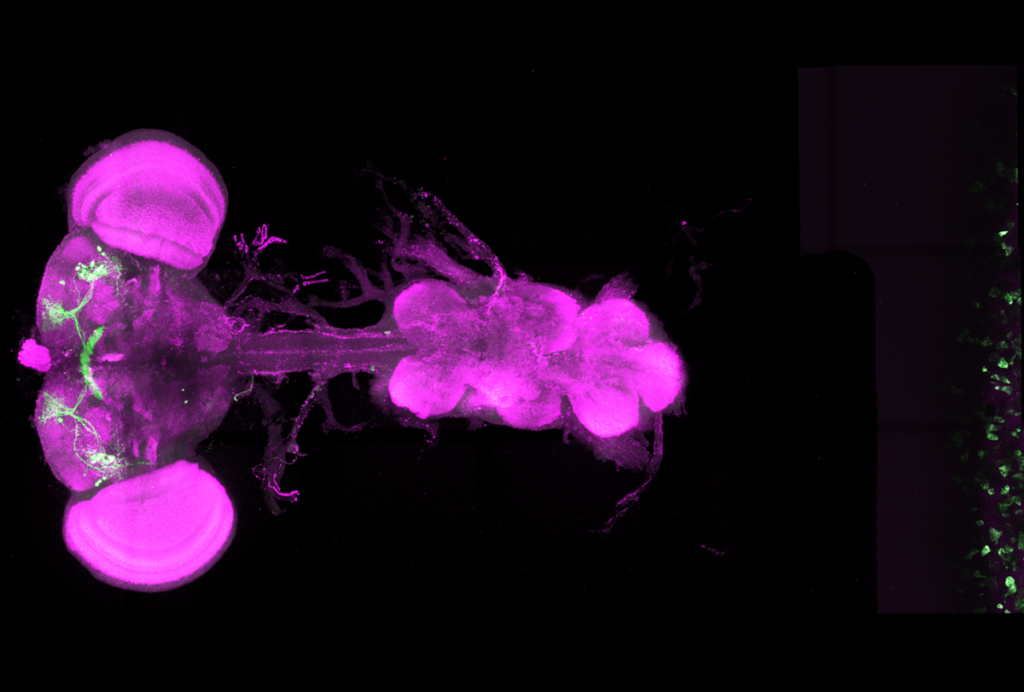
Mitochondria set ‘ancient’ metabolic thermostat for sleep in flies, separate from circadian rhythms
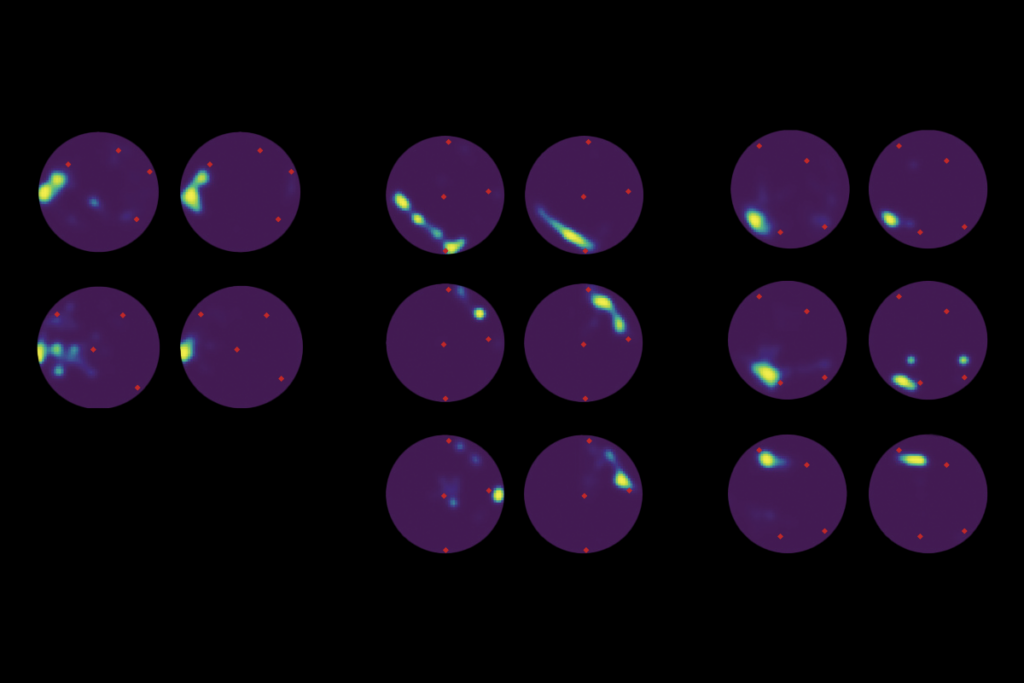
Sleep doesn’t just consolidate memories; it actively shapes them
Explore more from The Transmitter
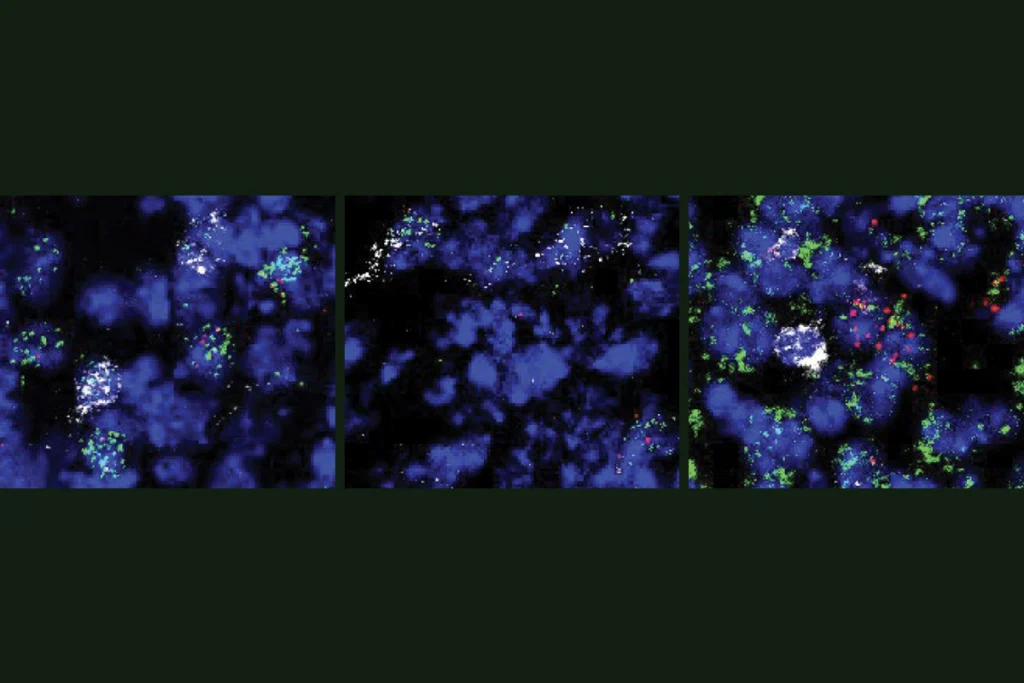
Novel neurons upend ‘yin-yang’ model of hunger, satiety in brain
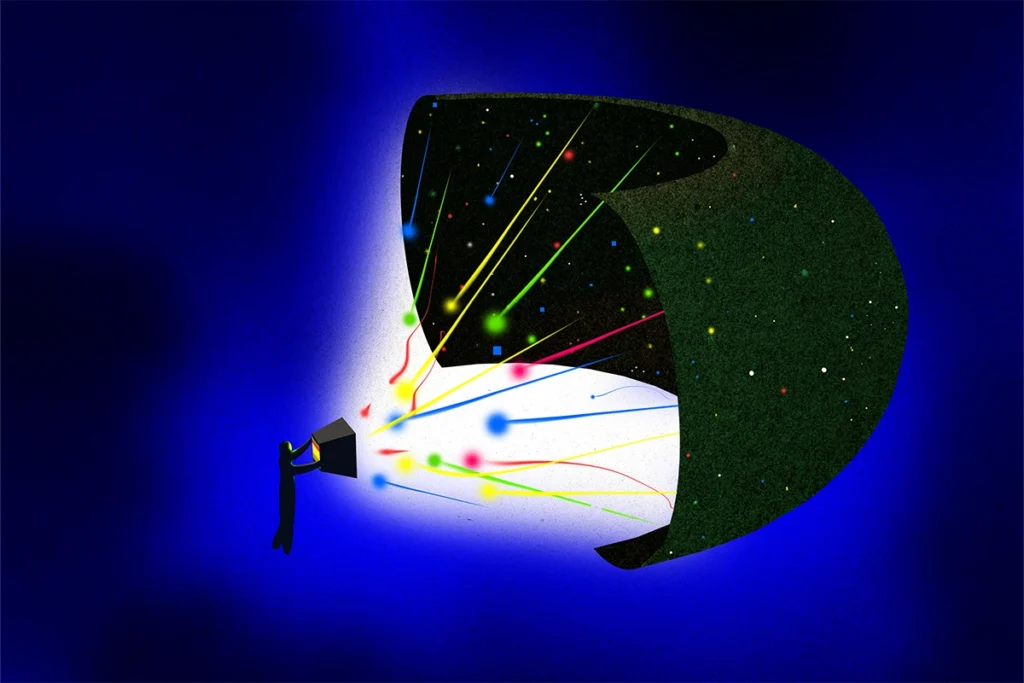
Imagining the ultimate systems neuroscience paper
